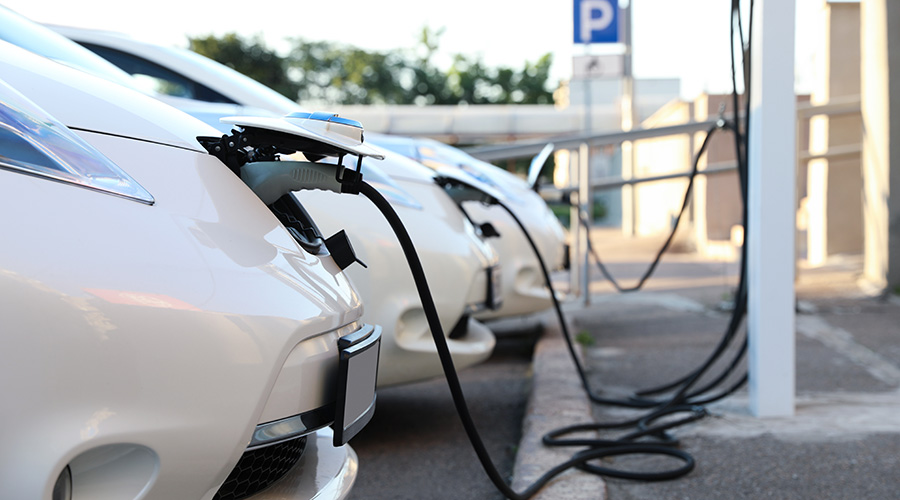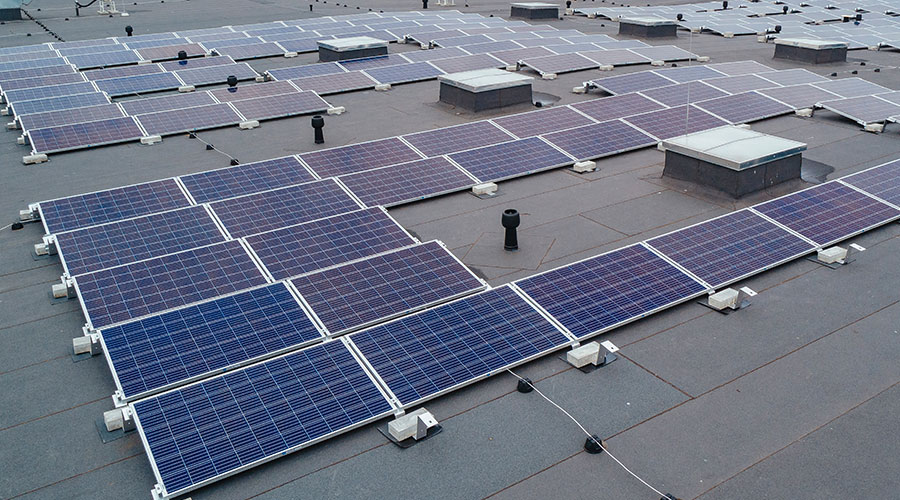Why Energy Efficiency is a Tool for Nonprofit Resilience
Energy should no longer be treated as a fixed cost, but as a variable that should be managed.
By Tina Bennett, Contributing Writer
Nonprofit organizations are confronting a set of overlapping pressures that complicate their financial planning. Inflation remains elevated costs in many sectors, federal funding streams tied to energy and sustainability projects are shifting, and international trade disputes such as proposed tariffs on Canadian hydropower are threatening to drive up utility costs. These disruptions pose a direct challenge to service-based institutions that already operate on narrow margins.
As funders urge grantees to demonstrate fiscal responsibility and long-term viability, nonprofits must now treat energy expenditures not as fixed costs, but as variables that can, and should be managed. A growing number of organizations are beginning to recognize that stabilizing energy expenses can act as a financial buffer. Reducing exposure to utility price volatility can, in some cases, make the difference between maintaining and cutting core programs.
This is not only about reducing consumption. It’s about converting operational uncertainty into strategic foresight. From solar contracts that hedge against future rate hikes to integrated decarbonization plans aligned with capital budgets, energy planning is becoming a key part of financial stewardship in the nonprofit sector.
When funding is uncertain, controlling operational costs becomes vital. Every dollar saved on utilities is a dollar that can support a nonprofit’s mission. Yet energy costs are often treated as fixed or uncontrollable. But with the right strategies, this would no longer be the case.
Energy planning enables organizations to lock in predictable pricing and avoid market volatility. For nonprofits with multi-year budgets or fixed grants, this stability is crucial. Without it, financial directors may be forced to scale back programs or delay hiring, even when demand for services is increasing.
Redirecting Energy Savings to Mission-Critical Work
Several recent examples highlight how managing energy costs can lead to meaningful savings. A private nonprofit school in Massachusetts recently completed a comprehensive lighting retrofit. Despite the perception that these projects are outdated, the organization saved tens of thousands of dollars annually, which it redirected to student programming.
A municipality in Connecticut signed a long-term power purchase agreement (PPA) for solar energy. This locked in a stable, below-market electricity rate for 20 years. In doing so, the town reduced its exposure to rising utility prices and redirected budget certainty toward infrastructure and public health initiatives.
These are not isolated cases. Small and mid-sized nonprofits, when equipped with the right tools and partnerships, can access the same benefits that larger institutions have long enjoyed. Group purchasing programs and technical assistance are key to making this possible.
A Framework for Assessing Energy Risk
Nonprofit facilities manager leaders can begin by conducting a basic assessment of their organization’s energy vulnerability. This can be structured in three steps:
- Evaluate current energy usage: Collect data on utility consumption across all facilities. Understanding the baseline allows organizations to identify areas of inefficiency or exposure.
- Identify areas for improvement: Use data analytics to spot outdated systems or usage patterns that drive costs. Lighting, heating, and cooling systems are often the most impactful areas for savings.
- Develop a strategic roadmap: Work with qualified partners to create a multi-year plan that aligns with capital replacement schedules and sustainability goals. This roadmap should include estimated costs, savings, and available funding sources.
For example, a recent energy roadmap developed for a community health nonprofit outlined opportunities for HVAC upgrades, building envelope improvements, and solar integration. The roadmap matched planned capital expenditures with energy-efficient alternatives, helping the organization lower long-term costs without deviating from existing plans.
Accessing Cost-Saving Tools Once Reserved for Large Institutions
Historically, only larger nonprofits had the resources to pursue complex energy projects. This is changing. Recent federal policy updates now allow nonprofits to access direct payments for solar installations in place of tax credits, removing a significant barrier to entry.
Previously, nonprofits had to enter third-party PPAs because they could not benefit directly from federal tax incentives. In a PPA, a third-party developer owns the solar array and sells the generated electricity to the nonprofit at a fixed, discounted rate, while also handling maintenance and operations. The new provisions allow them to own solar installations outright while receiving the equivalent of tax credit value as a direct payment. Ownership may increase long-term savings but comes with added responsibilities for maintenance. Each organization must weigh these trade-offs, but the financial feasibility of ownership has improved significantly.
Additionally, smaller organizations can now access group purchasing programs through nonprofit energy cooperatives. These programs offer bulk pricing and expert guidance, which reduces both upfront costs and administrative burden.
Energy Planning for Transportation
Nonprofits are also beginning to apply similar strategies to their vehicle fleets. With electric vehicle (EV) adoption on the rise, institutions face growing demand for on-site charging infrastructure. Planning for these needs in advance is more cost-effective than reacting to demand as it arises.
For example, a university in the Northeast developed an EV deployment strategy to meet projected demand among students and staff. The plan examined usage trends, identified optimal charging locations, and assessed the impact on campus energy systems. Proactive planning helped them avoid future capital shocks and integrate EV-related expenses into their broader sustainability strategy.
EV roadmapping, like energy planning for buildings, allows organizations to evaluate total cost of ownership, replacement timelines, and available incentives. Transitioning to electric fleets often reduces long-term fuel and maintenance costs, even if upfront vehicle prices may be higher.
Aligning Financial Planning with Sustainability
Many nonprofit leaders believe they must choose between sustainability and financial viability. In fact, these priorities often align. Investments in efficiency, renewable energy, and smart planning can yield immediate and lasting savings.
As budgets tighten, now is the time to evaluate energy use as a strategic financial issue. With a combination of thoughtful planning, collaborative tools, and access to new federal incentives, nonprofits can achieve both environmental impact and financial stability.
Stabilizing energy costs does more than reduce utility bills. It protects service delivery, builds budget resilience, and creates space for long-term planning. By taking a proactive approach to energy management, nonprofits can continue fulfilling their missions, even in uncertain financial environments.
Tina Bennett is CEO of PowerOptions.
Related Topics:












